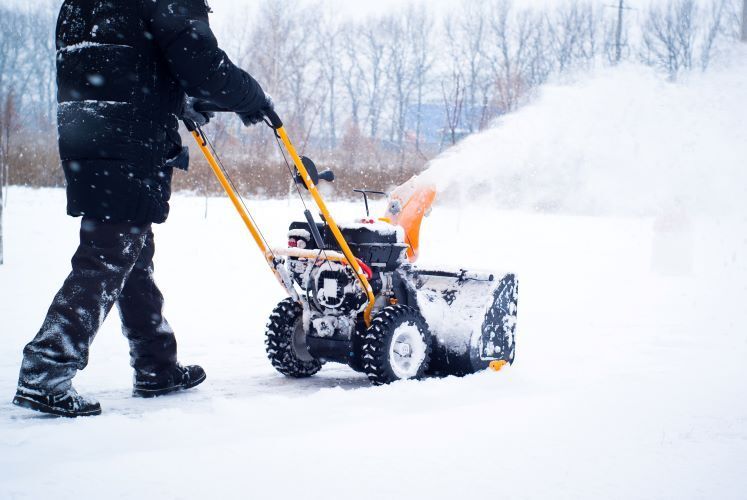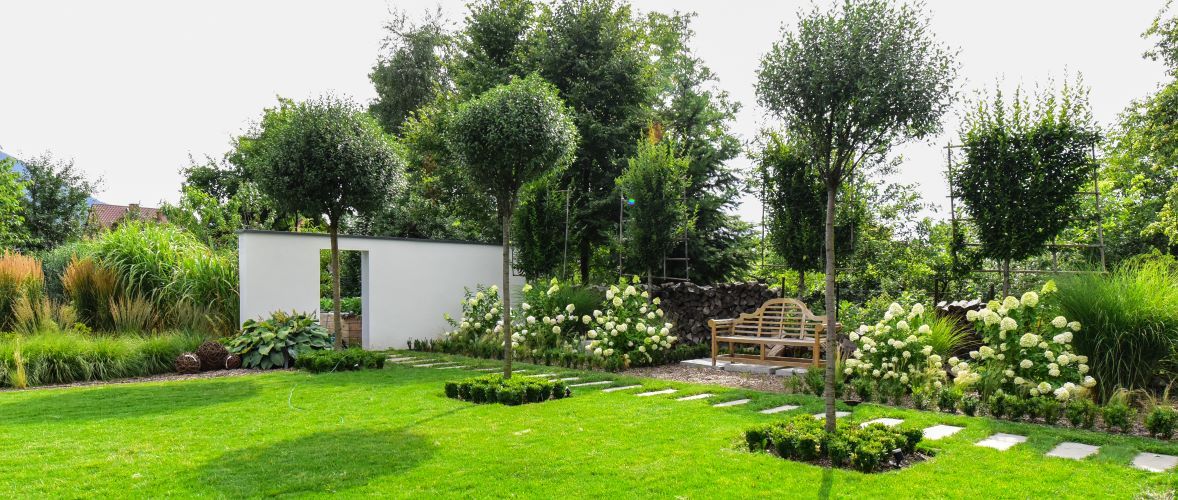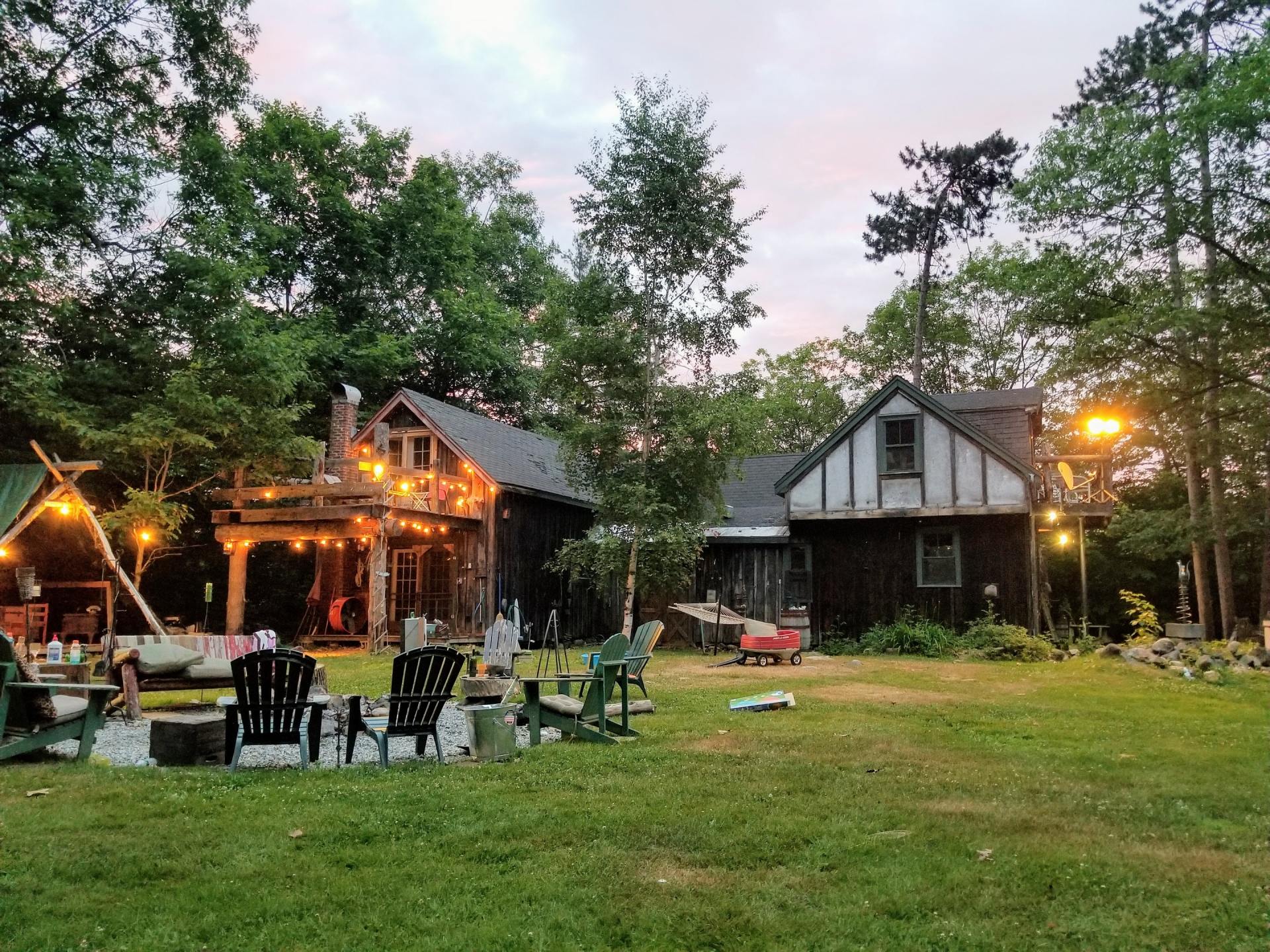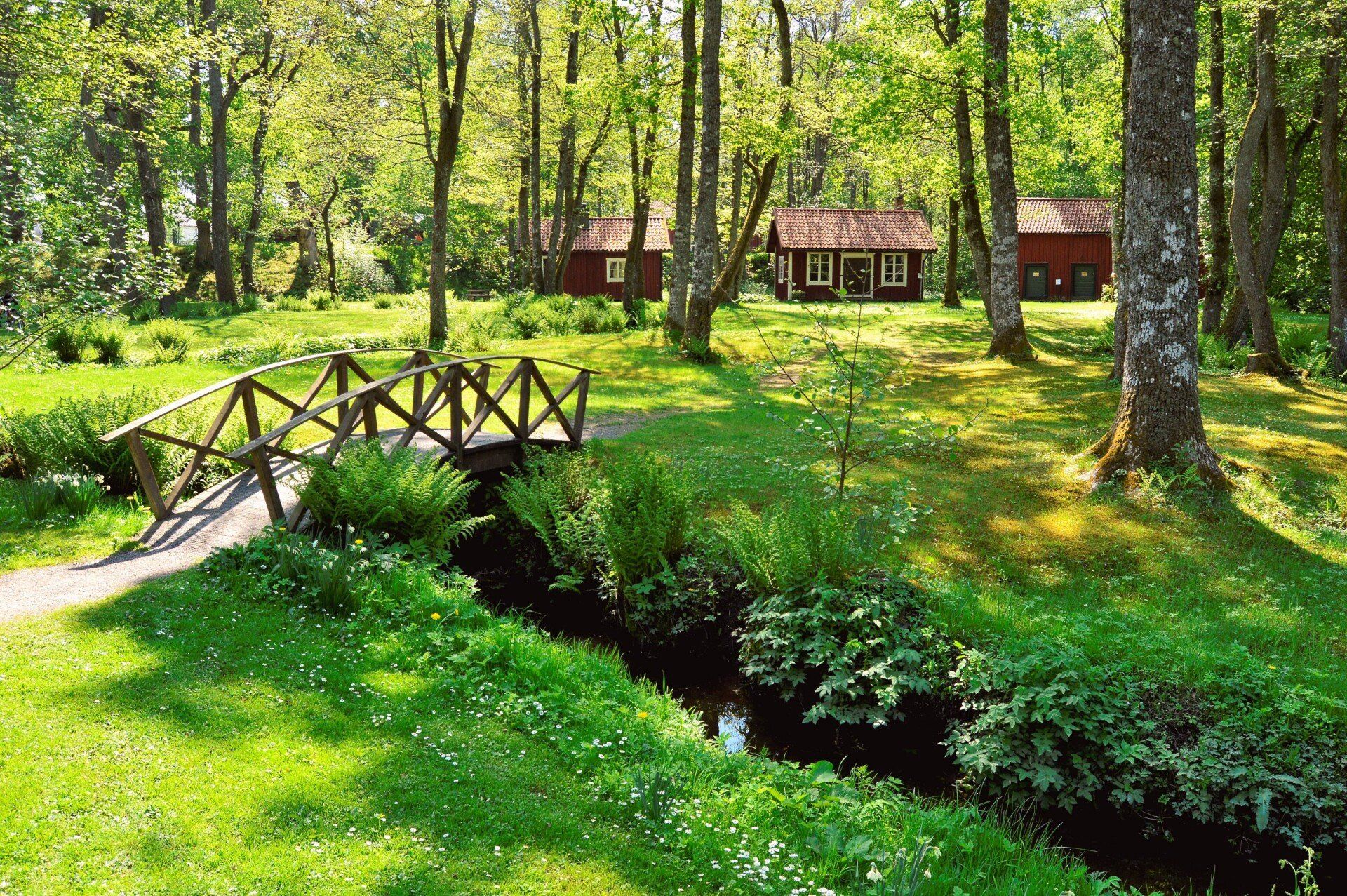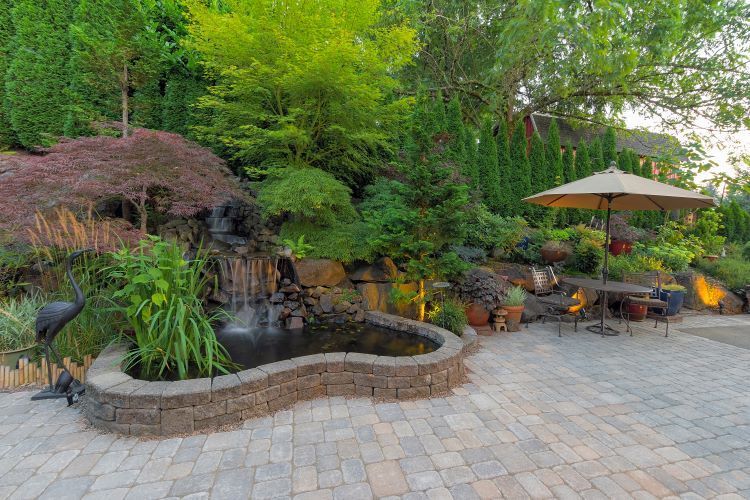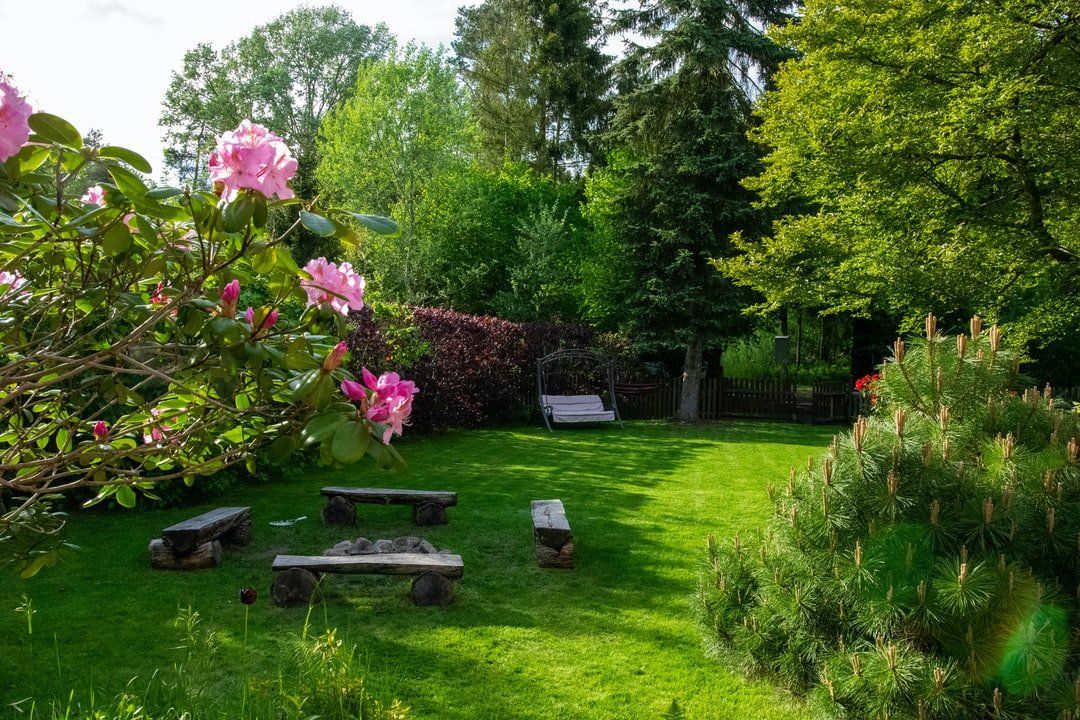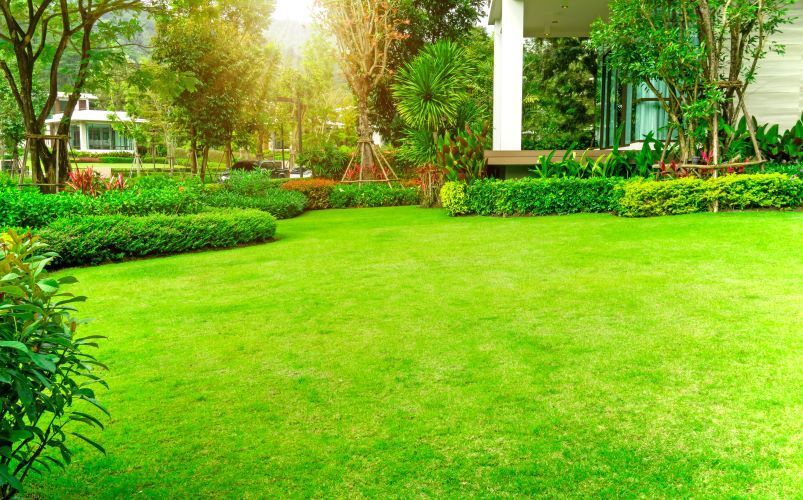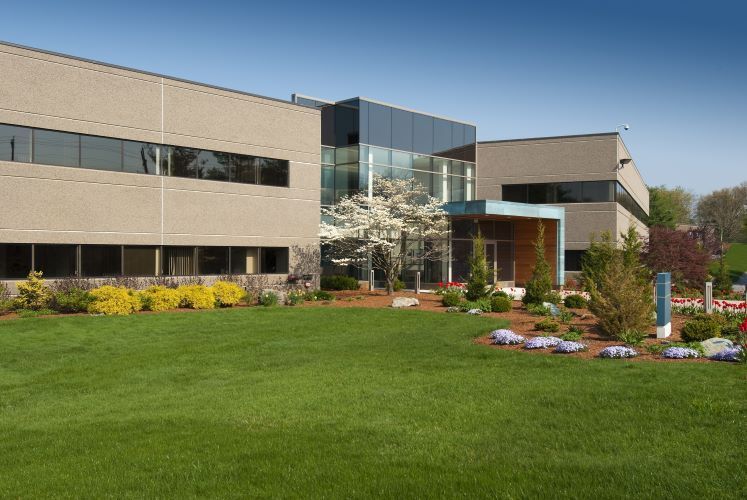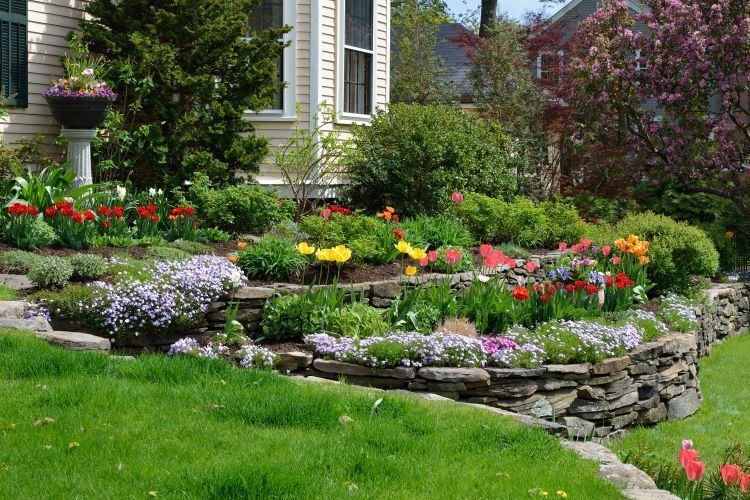The Best Materials for Durable and Attractive Walkways
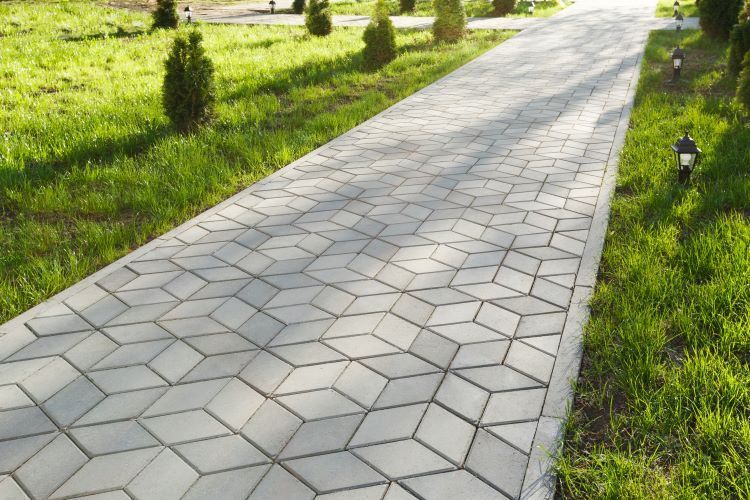
When designing a walkway for your home or garden, it's essential to choose materials that not only enhance the aesthetic appeal of your property but also ensure long-lasting durability. Whether you're aiming for a sleek, modern look or a rustic, natural pathway, selecting the right material is key to creating a walkway that stands the test of time. At Landscaping Saskatoon, we understand the importance of combining beauty with functionality. Here’s a guide to the best materials for durable and attractive walkways.
1. Concrete
Concrete is one of the most popular choices for walkways due to its durability and versatility. It's an incredibly strong material that can withstand heavy foot traffic and harsh weather conditions, making it ideal for Saskatoon's varied climate. Concrete walkways can be customized with different textures, patterns, and colors to match any design aesthetic. Stamped concrete, in particular, can mimic the appearance of stone, brick, or wood, providing a high-end look at a fraction of the cost.
Pros:
- Extremely durable and low maintenance
- Customizable with various finishes and colors
- Affordable compared to natural stone
Cons:
- Can crack over time if not properly installed or maintained
- Requires sealing to prevent stains and weather damage
2. Natural Stone
For a timeless, elegant look, natural stone is an excellent choice. Materials such as flagstone, bluestone, and slate offer unique textures and colors that can blend seamlessly with natural landscapes. Each stone has its own distinct appearance, creating a walkway that is truly one-of-a-kind. Natural stone is highly durable and can last for decades with proper care.
Pros:
- Unique, natural beauty that enhances curb appeal
- Extremely durable and weather-resistant
- Adds value to your property
Cons:
- Higher cost compared to other materials
- Requires professional installation due to the irregular shapes and heavy weight
- Can become slippery when wet, depending on the type of stone
3. Brick
Brick walkways provide a classic, traditional look that suits a variety of home styles. This material is known for its strength and durability, as well as its ability to withstand heavy use and extreme weather conditions. Bricks are available in a range of colors and can be arranged in various patterns, such as herringbone or basket weave, to add visual interest to your walkway.
Pros:
- Timeless, traditional aesthetic
- Highly durable and easy to repair
- Variety of colors and patterns available
Cons:
- Can be more expensive than concrete
- Requires regular maintenance to prevent weed growth between bricks
- May fade or chip over time
4. Gravel
Gravel is a cost-effective and easy-to-install option for walkways, offering a rustic, natural look. It's particularly suitable for informal garden paths or rural settings. Gravel walkways provide excellent drainage, making them ideal for areas with heavy rainfall. With the right edging, gravel can be kept in place to prevent it from spreading into unwanted areas.
Pros:
- Affordable and easy to install
- Provides good drainage and prevents puddling
- Low-maintenance with proper edging
Cons:
- Not ideal for high-traffic areas as gravel can shift
- Can be difficult to walk on with certain footwear (e.g., high heels)
- Requires periodic replenishment as gravel settles or scatters
5. Pavers
Pavers are precast concrete, brick, or stone pieces that come in a wide variety of shapes, sizes, and colors. They offer the flexibility to create intricate patterns and designs, allowing for a high level of customization. Pavers are known for their durability and resistance to cracking, making them an excellent choice for long-lasting walkways. Additionally, if a paver becomes damaged, it can be easily replaced without affecting the rest of the walkway.
Pros:
- Extremely durable and crack-resistant
- High level of design customization
- Easy to repair or replace individual pieces
Cons:
- Can be more expensive than poured concrete
- Requires a solid base and professional installation to prevent shifting
- Weeds may grow between pavers if not properly sealed
6. Wood
For a warm, natural look, wood can be a great material for walkways. Pressure-treated lumber, cedar, and redwood are popular choices due to their resistance to rot and insects. Wood walkways blend beautifully with natural surroundings and can be elevated to create boardwalk-style paths over uneven terrain or damp areas.
Pros:
- Natural, warm aesthetic
- Blends well with garden landscapes
- Can be elevated for unique designs
Cons:
- Requires regular maintenance to prevent rot and warping
- Can become slippery when wet
- Shorter lifespan compared to stone or concrete
Conclusion
Choosing the right material for your walkway is a crucial decision that affects both the appearance and longevity of your outdoor space. Each material offers unique benefits, and the best choice depends on your specific needs, aesthetic preferences, and budget.
At Landscaping Saskatoon, we're here to help you select and install the perfect walkway material that enhances your property's beauty and functionality. Contact us today to start planning your next landscaping project!
